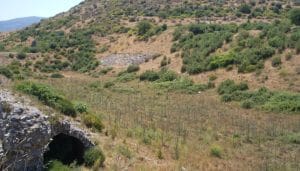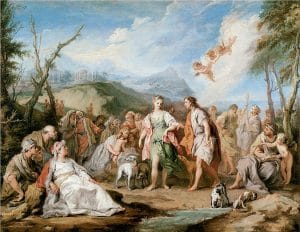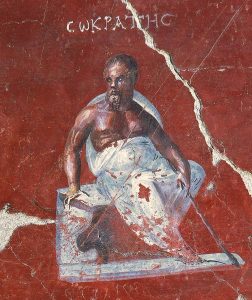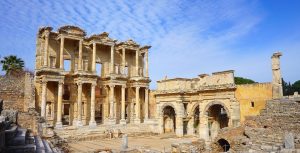Ephesus Stadium
 Ephesus Stadium was first built in Hellenistic times by King Lysimachus in the 3rd century BC. Like most of the buildings in Ephesus, the stadium was also renovated during the Roman Empire time.
Ephesus Stadium was first built in Hellenistic times by King Lysimachus in the 3rd century BC. Like most of the buildings in Ephesus, the stadium was also renovated during the Roman Empire time.
The stadium was a U-shaped building and measured 229 m by 28 m. There was a monumental entrance gate to the stadium on the west and spectator seats on the south.
The stadium was usually used for ceremonies, sports activities, and gladiator and wild animal fights. The stadium had a bad reputation as it was the place where many Christians were persecuted and thrown to the lions. When Christianity became the official religion of the Roman Empire, the stadium was destroyed and its material was recycled to build the Basilica of St. John.
The stadium is not open to the public and has not been restored yet.





